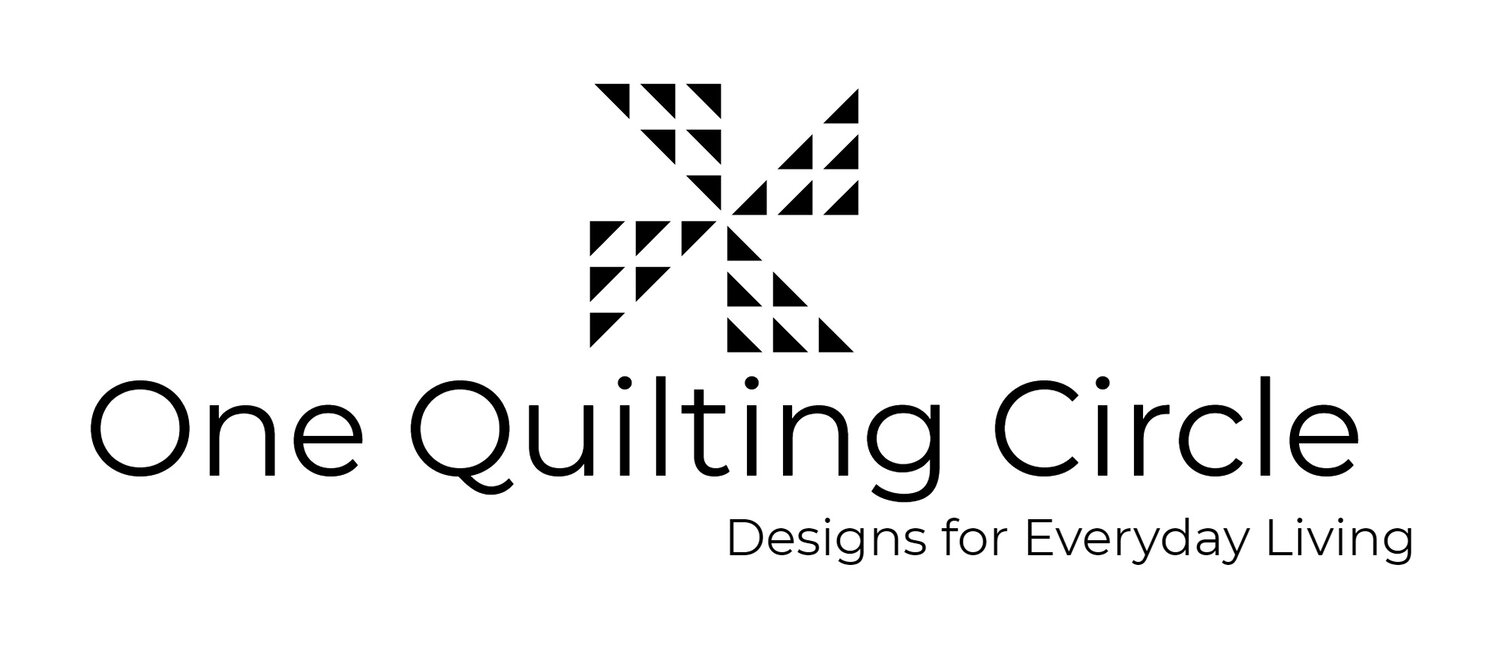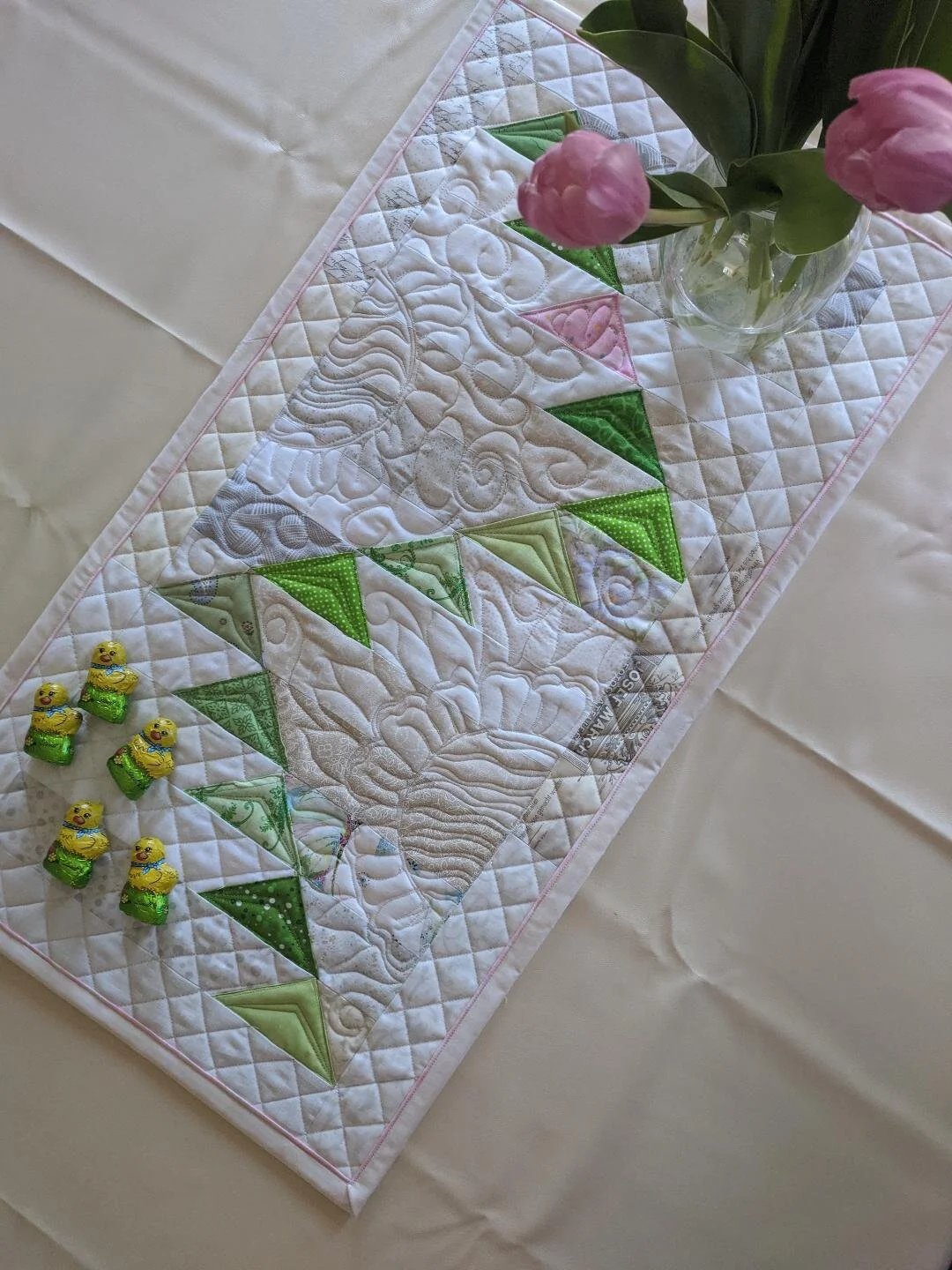An easy way with Flying Geese - meet My Jane
An easy, versatile technique that is perfect for a comfort quilt - My Jane
Readers to this blog know that i have an unusual favorite method of making flying geese blocks. This is a block that can surprisingly complex to make, and one often sees it in borders. I’ve done that once, and I swore that it was too repetitous to make. There was a long time that I didn’t use a flying goose block, and backed away from quilts which had that as a component.
This method - the One seam dimensional Flying goose method - works where a lot of other options didn’t - and it gives you flexibility when you want it. In My Jane, I’m using yet another variation that uses a singular measurement to make each block. Yes, essentially this is a one block wonder quilt in the technical sense. It’s also a great stash or scrap buster - the measurements for this block make it perfect for layer cakes, fat quarters or large scraps. The layout offers a different look a the block by laying the geese laterally instead of the traditional stacked orientation.
The pattern also includes a conversion chart which allows you to make several additional sizes, opening up the possibility of using charm squares or even jelly roll strips.
An earlier version of My Jane, and this picture shows the potential for chain piecing the blocks.
Although this quilt is called My Jane, it has absolutely nothing to do with the other, famous quilt by a same quilt. There is only one iconic Jane pattern, and that one is not in any way related to mine. My Jane is named in honor of someone I know who showed me the power of a comfort quilt. I donated a quilt from my personal closet, and I got to see first hand the comfort that a quilt can bring to someone in need. When you donate to a charity, you often don’t get to see the impact that a quilt like this can make to someone. That was the lesson I learned from this whole process - that comfort quilts play an important part in our lives.
This pattern is perfect for a baby quilt (your can size the blocks up or down as you wish), a college quilt, a true comfort quilt, or a picnic quilt. It’s great for any place you need a quilt in your life. I’d rather my quilt be used to death than quilted to death. On the subject of quilting, this was done on my in home Janome 8900, which has an 11” throat plate, using a walking foot method of quilting. I love playing with this technique - my Spring Morn table runner pattern uses a variation of this same method.
This pattern is available as a pdf download in my shop, and this is a very popular workshop for guilds. It’s fun, it’s fast, it’s flexible, and easily doable by beginner quilters, allowing them to build on their skill sets at their own pace. If your guild would like to schedule a workshop with me, please reach out using this page.
And I am happy to say that I am teaching My Jane next month on September 16th at Bittersweet Fabric Shop in Boscawen NH. If you are interested in finding out more about openings in that class - there are a handful - please visit this link.
I hope that you honor the place that comfort quilts have in our lives, and make one to keep on hand when it’s needed.
I’d love to hear from you - do you have a ‘go to’ pattern that you use for comfort quilts?
My Spring Morn Runner - moving across the top of the runner and back again. And yes, you can quilt it to death when you are inclined!



